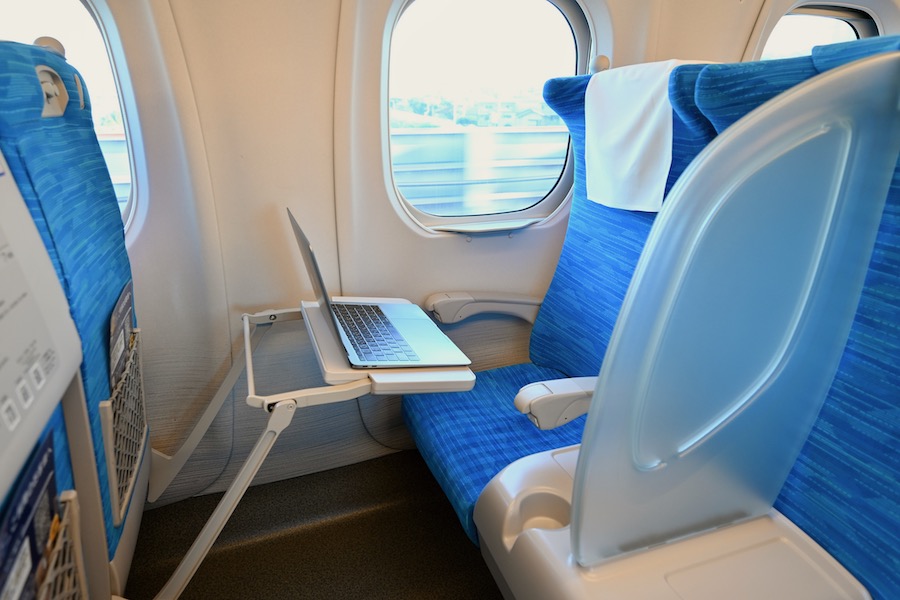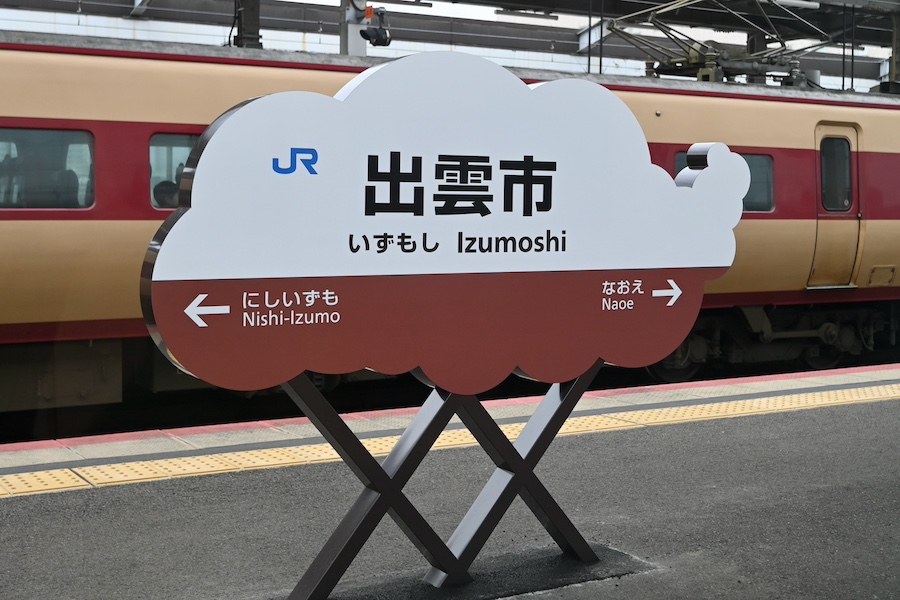
Experience the Semi-Private Feel for 1,200 Yen—Is There Already a Battle for the Newly Introduced “P Seats” on the Tokaido Shinkansen?
JR West Japan started operating the new 273 series vehicles for the express train ‘Yakumo’, running in the Okayama and San’in area, on April 6th. This series is the first new model for ‘Yakumo’ since the debut of the 381 series in 1982, approximately 42 years ago.
The main concept and design were supervised by designer Yasuyuki Kawanishi, who worked on the 117 series ‘WEST EXPRESS Ginga’ among others. The design concept was to create a ‘vehicle body that resonates with the landscape along the line and naturally stands out’. The base color of the vehicle is bronze, inspired by the golden color of the sunset over Lake Shinji in Shimane, the gold color of ‘tatara’ iron-making widely practiced in the Izumo region, the copper color of the torches at the summer mountain opening festival at Mt. Daisen in Tottori every June, and the red copper color of the red roof tiles commonly seen in the San’in region. These four colors serve as the foundation for the original color named ‘Yakumo Bronze’.
The basic configuration consists of four carriages, with carriage number 1 being Green seats and semi-compartment seats for groups of 2 to 4 people, and carriages 2 to 4 being standard seats. The interior design concept is ‘a warm and relaxing interior like a home in San’in’.
Standard seats are arranged in ‘2-2’ rows. The seats are based on green, inspired by the mountains along the line, and feature an ancient protective charm pattern of hemp leaves, traditionally used in rituals. For the first time in JR West Japan’s express trains, a tilt mechanism is adopted, adjusting the seat angle in accordance to the reclining position. The headrest pillows are movable, and outlets are installed at every seat’s armrest.
Green seats are arranged in ‘1+2’ rows, featuring yellow-based seats decorated with a lucky piled stone tortoise shell pattern. Like the standard seats, they also have movable pillows and tilt mechanisms. The seat pitch is equivalent to the Green cars of Shinkansen, offering spacious legroom.
The semi-compartment that debuted on the 273 series includes two sections each for 2 and 4 people, totaling four sections. The facing seats can be made flat by extending the seat surface, allowing passengers to take off their shoes and use it like a raised floor. A large table is provided for groups to enjoy meals together. The 2-person compartments can be used by two people, and the 4-person compartments by 3 to 4 people. The price is the same as a reserved seat in standard class, with no additional fee required.
On the performance front, JR West Japan, together with the Railway Technical Research Institute and Kawasaki Rolling Stock Manufacturing, developed Japan’s first onboard-controlled natural pendulum system. The system continuously checks the curve data of the operation section and the running point data, tilting the body at the appropriate timing, significantly improving the ride comfort.

▲ With the debut of the 273 series, cloud-shaped station signs were introduced at major stations along the running section
Initially, on April 6th, six 4-car units began operations. Until April 25th, among all 15 round trips of ‘Yakumo’, the down Izumo City-bound ones are ‘5, 7, 11, 21, 23, 27’, and the up Okayama-bound ones are ‘4, 6, 10, 20, 22, 26’ operating with the 273 series. The provision will be gradually increased, and ultimately eleven 4-car units are planned to be introduced.
With the introduction of the 273 series, the operation of the current 381 series, including the Super Yakumo colored and panorama formations, ended on April 5th. The JNR color formation and green Yakumo color formation will end operations on June 14th. Some of the relaxed Yakumo color formations are expected to remain for wave duty after June 15th.